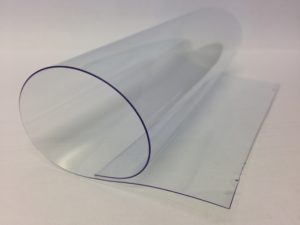CALL 877-520-3937 WITH ANY QUESTIONS
OR TO SCHEDULE A FREE CONSULTATION!
The good news is…LASIK can fix astigmatism!
 Astigmatism is an extremely well-known, yet poorly understood phenomenon. It’s like the gluten intolerance of vision, except in this case pretty much everyone has it. People are told at some point by someone wearing a white coat—either in a clinic or on a book cover—they’ve got this diagnosis and then, well, that’s that. You can’t do anything about it, except for explain your condition to strangers if the opportunity arises. In the case of gluten sensitivity, as far as I understand it, the only solution is to stay away from pasta and bread. That makes me sad. My hope is that many people have been given a wrong diagnosis, and they can one day enjoy Olive Garden’s never-ending breadsticks again. With astigmatism, however, there’s much more to say.
Astigmatism is an extremely well-known, yet poorly understood phenomenon. It’s like the gluten intolerance of vision, except in this case pretty much everyone has it. People are told at some point by someone wearing a white coat—either in a clinic or on a book cover—they’ve got this diagnosis and then, well, that’s that. You can’t do anything about it, except for explain your condition to strangers if the opportunity arises. In the case of gluten sensitivity, as far as I understand it, the only solution is to stay away from pasta and bread. That makes me sad. My hope is that many people have been given a wrong diagnosis, and they can one day enjoy Olive Garden’s never-ending breadsticks again. With astigmatism, however, there’s much more to say.
If you’ve been diagnosed with astigmatism, it’s positively certain you have it. Nearly everyone has some level of astigmatism. This includes most people who don’t need to wear glasses because they’ve always had good vision. But the second point about it has a much more impactful upshot: the people who’ve been told their astigmatism means they have to stay away from LASIK have nearly all been relying on information that’s no longer relevant. Today, I’d like to clarify as best I can what astigmatism actually is, and why LASIK is not only possible, but ideal for treating it.
have it. Nearly everyone has some level of astigmatism. This includes most people who don’t need to wear glasses because they’ve always had good vision. But the second point about it has a much more impactful upshot: the people who’ve been told their astigmatism means they have to stay away from LASIK have nearly all been relying on information that’s no longer relevant. Today, I’d like to clarify as best I can what astigmatism actually is, and why LASIK is not only possible, but ideal for treating it.
I too had the diagnosis of astigmatism from a young age. And I too was told it meant my eye was shaped like a football. I’d like to think the optometrist who told me this did a poor job of explaining it rather than admit I was such a nerd I didn’t know what a football was. The football analogy didn’t help me at all. I thought it did at the time, until I understood what astigmatism was. Only then was I able to work backward toward why eye doctors say, “Your eye is shaped like a football.” It turns out they mean the curved part in the middle, not the pointy ends. So to get away from football, with all of its incomprehensible rules and ball shapes, let me explain astigmatism in a way that would have been easier for my young, un-athletic mind to understand.
 Astigmatism = Distortion + Blur
Astigmatism = Distortion + Blur
You know how a contact lens is shaped like a dome? It’s shaped that way because it has to match the shape of the cornea, which is the dome-like window on the front of your eye. The cornea is where astigmatism occurs, but to understand what that means, it’s easier to forget that it’s a dome for a moment. Picture this instead: you’re holding a big square piece of flexible plexiglass with one hand on each side. When you’re holding it without applying any tension, that piece of plexiglass is flat: it has no astigmatism. But if you squeeze your hands towards each other and flex that plexiglass, it isn’t flat anymore. It’s got a curve along the axis where you’re putting pressure. The shape of it looks more like the curve of a cylinder now. You’ve given it astigmatism.
This situation is exactly what’s going on with the dome of your cornea when you’ve got astigmatism. Instead of a flat piece of plexiglass, it’s a small round dome, but the dynamics are the same. If you imagine a tiny pair of hands applying some pressure to opposite sides of that dome, you’ve created astigmatism. This is the kind astigmatism we’re talking about here. The reason it’s so common is because it’s incredibly rare to find perfectly round, symmetrical corneas without even the slightest trace of squeeze in some direction. Those people who have astigmatism, but aren’t aware of it (and there are many), just don’t have enough distortion/squeeze to cause noticeable vision loss.
incredibly rare to find perfectly round, symmetrical corneas without even the slightest trace of squeeze in some direction. Those people who have astigmatism, but aren’t aware of it (and there are many), just don’t have enough distortion/squeeze to cause noticeable vision loss.
When astigmatism does cause a decrease in the quality of vision, it does so by distorting the image being focused through the corneal window. If you imagine looking at someone through your piece of plexiglass, then squeezing the top and bottom of it, you’d see that they got shorter and wider as you squeeze. The same thing happens on the cornea, except that since the cornea is such a powerful lens, the blur from the distortion outweighs the funhouse mirror effect. So how do we fix the vision for people who have enough astigmatism for it to cause noticeable blur? With glasses, the goal is to neutralize the distortion of the image. If you’ve got a cornea with top-to-bottom squeeze (making everybody the slightest bit shorter and wider, but mostly just blurrier), your glasses prescription will have lenses that squeeze in from the right and left side an equal amount (making everybody the slightest bit taller and skinnier, but mostly just clearer).
 Here’s why people think LASIK and astigmatism don’t mix.
Here’s why people think LASIK and astigmatism don’t mix.
When LASIK first became popular, it became really popular really fast. In the late 90s and early 2000s, around a million LASIK procedures were happening a year in the U.S. But when laser vision correction first got FDA approval, it wasn’t approved for astigmatism correction (which was wise because it couldn’t correct astigmatism at the time). Over that first decade, the ability of LASIK to treat astigmatism evolved from “unable to fix astigmatism” all the way to “sometimes it can fix simple astigmatism.” So when people heard, “you shouldn’t get LASIK because you’ve got astigmatism,” most of the time, they were getting good information.
Although it seems off topic to point this out, in the early 2000s it still sounded improbable that digital music would really take off or that any smartphone would ever dethrone the Blackberry. Technology improves rapidly, and it’s easiest to recognize in those areas where we would have reason to stay updated. In the case of LASIK, when patients and optometrists checked it out during its early, popular heyday, they found out it didn’t correct astigmatism. That fact was the authoritative information they absorbed. Somehow, a decade and a half later, that same information still abounds despite the fact that LASIK started to get really good at fixing astigmatism around the same time the original iPhone first debuted.
As the computers that control the laser responsible for LASIK became faster and more technologically advanced, the ability to correct astigmatism changed from “it’s possible” to “LASIK can fix astigmatism better than glasses or contacts ever could.” And the reason for this has to do the knee-deep astigmatism explanation we waded through a few paragraphs ago. Instead of just looking through a lens with an equal and opposite astigmatism to that of your cornea (which is what glasses and contacts do), imagine you had the ability to get rid of the distortion altogether.
LASIK and astigmatism: BFFs. For real.

What if your eyes had wonderful, clear optics because they were distortion-free—without any need for correction? That’s what LASIK can now do for the overwhelming majority of people with astigmatism. This fact has been true for years, but has remained oddly undiscovered by the majority of people who might benefit from it. I’m not a conspiracy theorist shouting, “Big Glasses is perpetuating a myth to keep you buying glasses!” But I do believe that when patients (and many optometrists) heard LASIK couldn’t fix astigmatism (which was around the same time that AOL was synonymous with email), they never had a good reason to circle back and stay updated as the technology evolved.
So yes, LASIK can fix astigmatism, and it can do it with incredible accuracy and ease. And while I hope this information is helpful to you, the genuine goal of this article is to dispel the pesky myth that LASIK can’t fix astigmatism. I imagine if I worked at Apple and often heard people say, “My doctor says Apple doesn’t make mobile phones,” I would’ve written about how the iPhone exists. I don’t think I’d try to convince you to get an iPhone, I’d just want you to know the truth—especially if it might have an impact on your quality of life. I’m not saying you have to fix your astigmatism with LASIK. I just want you to know it can, because it’s something I care about, and I thought you might care about it too.



Comments are closed